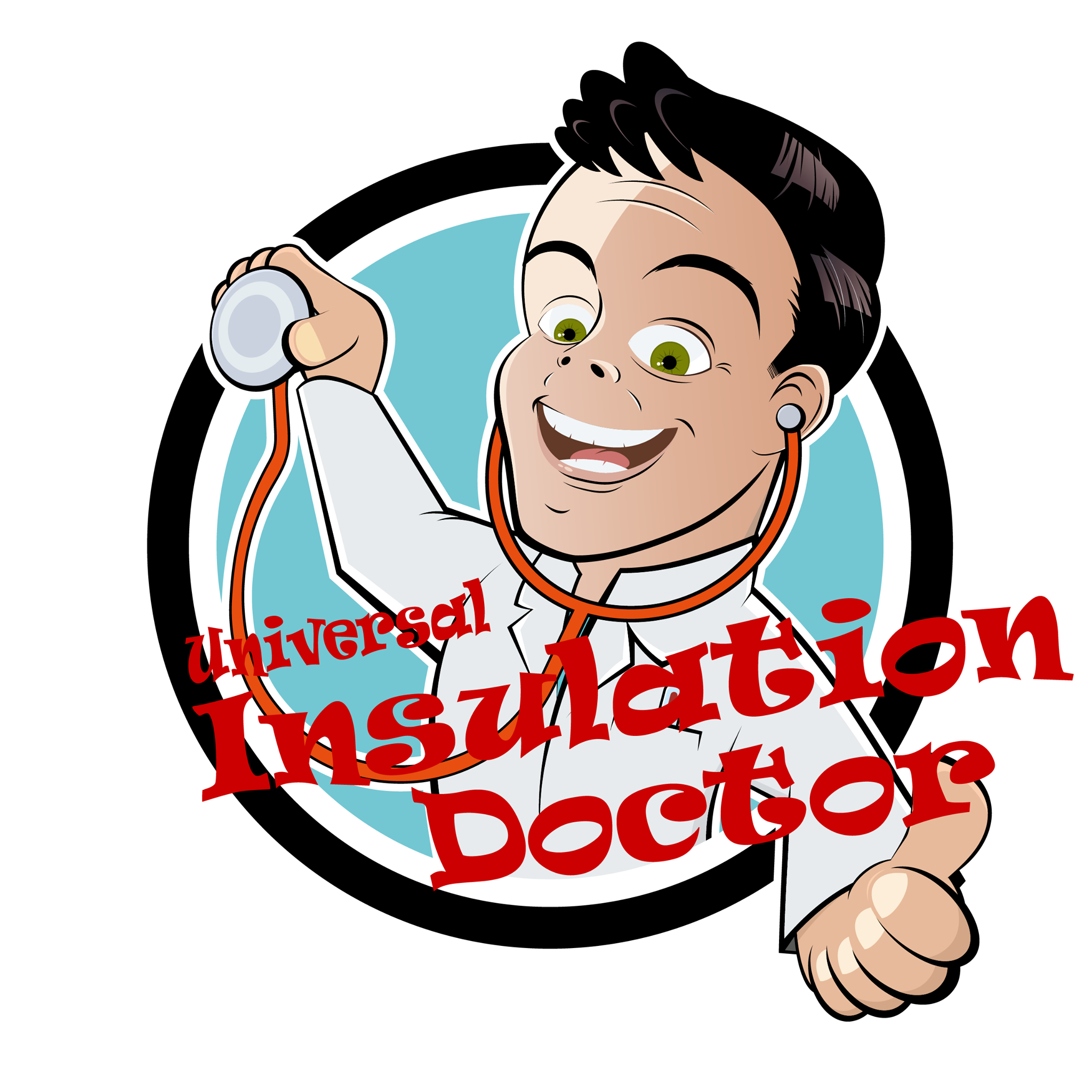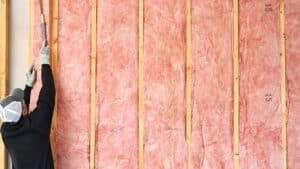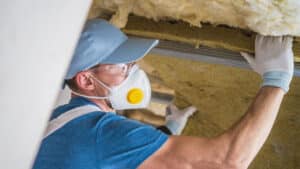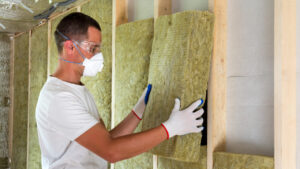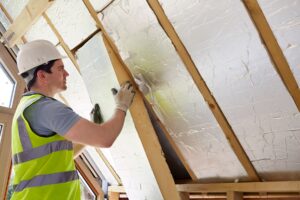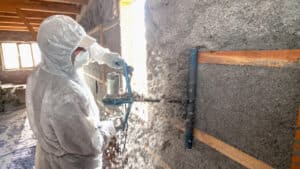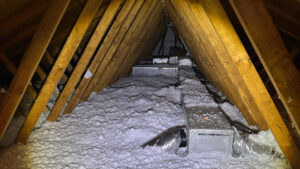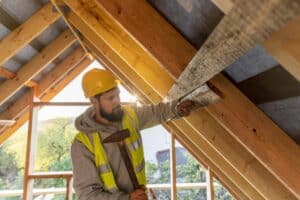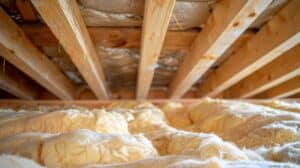Is your home becoming a haven for unwanted home pests? If you’ve noticed signs like droppings, strange odors, or structural damage, the answer could be yes. Universal Insulation Doctor understands the frustration of dealing with pest infestations. This article will explore seven clear signs that your home may need Pest Control Insulation, a solution that keeps pests out and improves your home’s energy efficiency.
Identifying these signs early protects your home from structural damage, health risks, and increased energy costs. Learn how to spot these indicators and take action to create a pest-free, comfortable living environment for you and your family.
1. Visible Pest Infestations
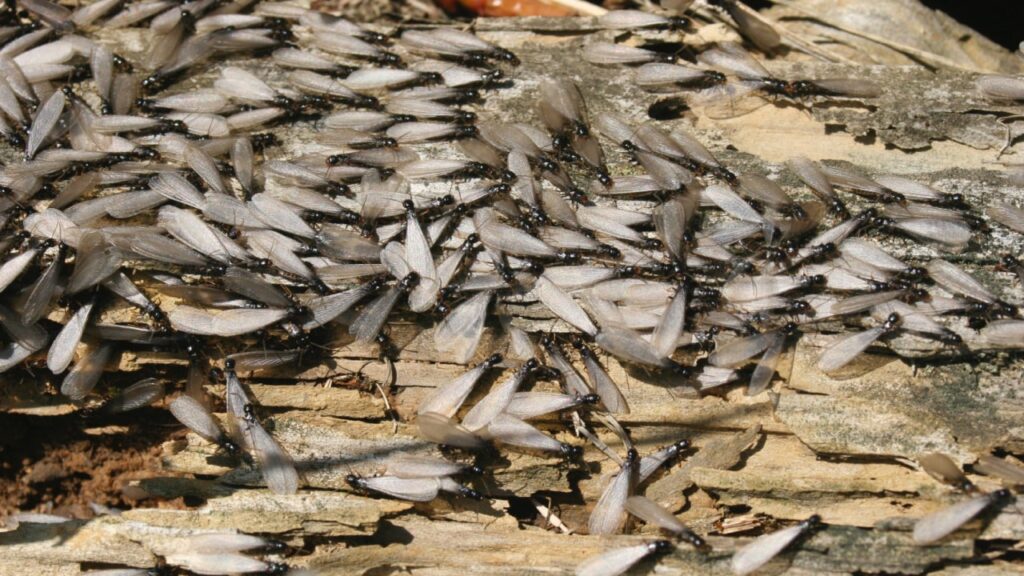
Visible pest infestations clearly indicate that a home needs pest control insulation. When homeowners notice insects or rodents in their living spaces, it’s often a sign that pests have already established a presence within the walls or attic.
Common signs of pest infestations include droppings, gnaw marks on wood or wires, and nests made from cellulose insulation materials. These visible cues suggest that pests have found ways to enter and inhabit the home, potentially causing damage to existing insulation.
Pest control insulation offers a solution by incorporating borate, a natural pest deterrent, into its fibers. This specialized insulation not only provides thermal protection but also creates an inhospitable environment for pests, discouraging them from nesting or traveling through treated areas.
With this insulation, homeowners can address both their insulation needs and pest control concerns simultaneously. This proactive approach helps prevent future infestations and protects the home’s structure and thermal insulation energy efficiency.
2. You Find Structural Damage
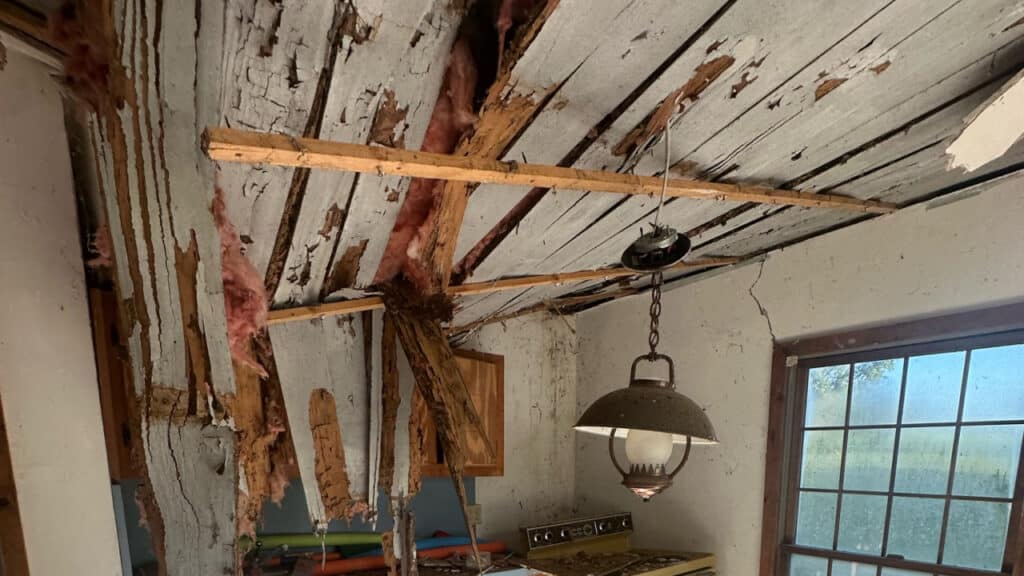
Termites, carpenter ants, and rodents can weaken wooden structures, compromising the integrity of walls, floors, and ceilings.
Signs of structural damage include sagging floors, warped walls, or visible holes in wood surfaces. These issues often indicate that pests have been active within the home’s structure for an extended period.
Pest control insulations act as a barrier against destructive pests, protecting the home’s framework. Its borate-treated fibers deter insects and rodents (mouse) from nesting or traveling through insulated areas, reducing the risk of further structural damage.
| Pest | Type of Damage | Warning Signs |
|---|---|---|
| Termites | Wood destruction | Hollow-sounding wood, mud tubes |
| Carpenter Ants | Wood excavation | Frass (sawdust-like material), rustling sounds |
| Rodents | Gnawing, nest building | Chewed wires, droppings, scratching noises |
By installing pest control, homeowners can protect their property’s structural integrity while improving energy efficiency. This dual-purpose solution addresses both insulation needs and pest prevention, making it an effective choice for homes showing signs of pest-related damage.
3. Pest Droppings and Urine Stains
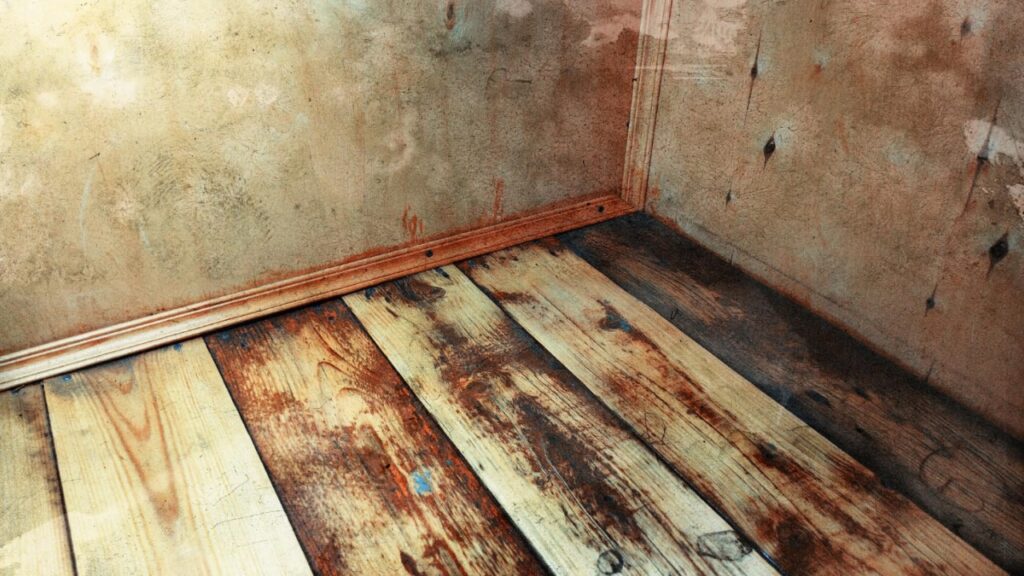
Pest droppings and urine stains are signs that often appear in attics, wall voids, and crawl spaces, suggesting an active pest infestation.
Rodent droppings, typically small and dark, can accumulate quickly in affected areas. Urine stains may appear as yellowish discoloration on surfaces, often accompanied by a strong, unpleasant odor. Rodent droppings, typically small and dark, can accumulate quickly in affected areas. Urine stains may appear as yellowish discoloration on surfaces, often accompanied by a strong, unpleasant odor.
Borate treatment creates an inhospitable environment for pests, deterring them from nesting and contaminating living spaces. This specialized insulation helps prevent the accumulation of droppings and urine stains.
With pest control insulation, homeowners can address existing pest issues and protect against future infestations. This proactive approach safeguards the home’s cleanliness and maintains a healthier living environment.
4. Unpleasant Odors in Your Attic or Crawl Space
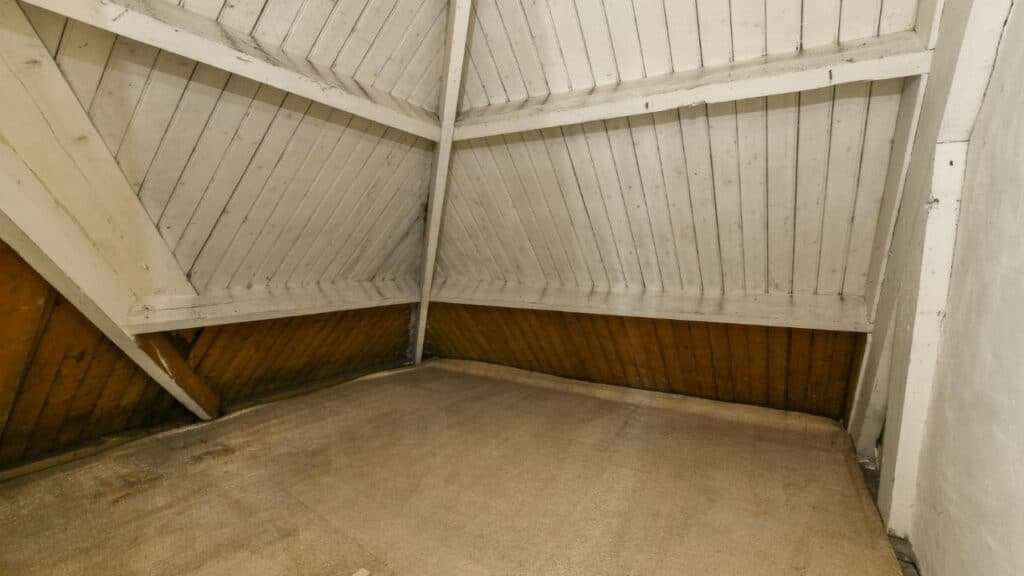
Unpleasant odors in a home often indicate pest infestations. These odors can range from musty smells to pungent ammonia-like scents, depending on the type of pest present.
Common sources of pest-related odors include rodent urine, decaying insects, and pest droppings. These smells typically emanate from walls, attics, or crawl spaces where pests nest and travel.
Pest control insulation helps eliminate these odors by deterring pests from inhabiting treated areas.
| Pest | Odor Description | Common Location |
|---|---|---|
| Mice | Musky, ammonia-like | Walls, attics |
| Cockroaches | Oily, musty | Kitchens, bathrooms |
| Bed bugs | Sweet, musty | Bedrooms, living areas |
5. Hearing Strange Noises in the Walls
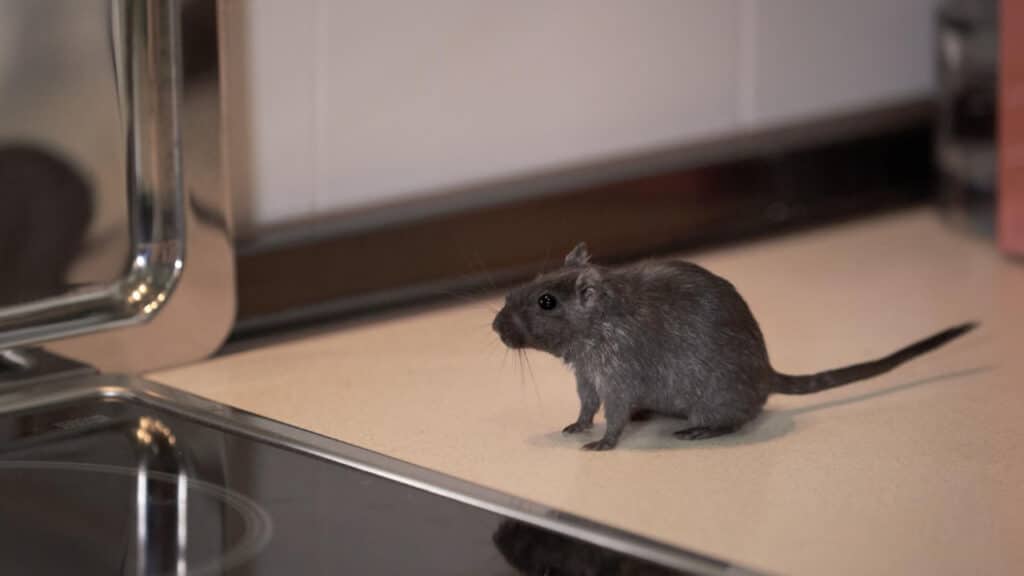
Homeowners may hear scratching, scurrying, or gnawing sounds, particularly at night when pests are most active.
These noises suggest the presence of rodents or larger insects moving within the home’s structure. Rats and mice are common culprits, using wall voids and insulation as pathways and nesting areas. Pest control insulation helps reduce pest activity and associated noises throughout the home.
6. You Notice an Increased Energy Bills

Pest infestations often damage existing insulation, reducing its effectiveness and allowing heat to escape in winter or enter during summer. For those experiencing issues with their home’s insulation due to pests, considering professional insulation removal could be a necessary step towards restoring efficiency.
Rodents and insects may chew through or compress insulation, creating gaps that compromise the home’s thermal envelope. This damage leads to higher energy consumption as heating and cooling systems work harder to maintain comfortable temperatures.
Pest control insulation addresses this issue by providing both thermal protection and pest resistance. Its borate-treated fibers deter pests from nesting in or traveling through insulated areas, maintaining the insulation’s integrity over time.
7. You Start having Moisture Problems
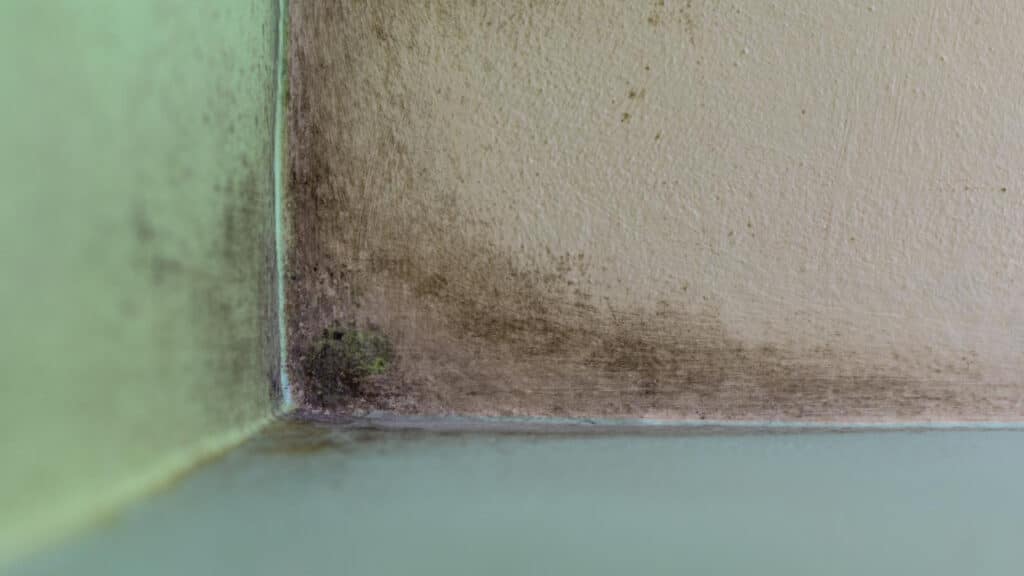
Excess humidity and water intrusion can create an environment conducive to pest infestations, particularly in attics, crawl spaces, and wall voids. For those interested in understanding and mitigating these risks through proper insulation, further reading on insulation for attics and roofs best practices and considerations can be very insightful.
Common signs of moisture issues include water stains, mold growth, and musty odors. These conditions attract pests like termites, cockroaches, and rodents, which thrive in damp environments.
Pest control insulation helps address moisture problems by providing a barrier against pests and improving overall insulation performance. Its borate treatment not only deters pests but also offers some resistance to mold growth.
- Reduces moisture accumulation
- Deters pests attracted to damp areas
- Improves overall insulation effectiveness
- Helps maintain a drier, healthier home environment
With this specialized insulation, homeowners can mitigate moisture-related pest issues while enhancing their home’s energy efficiency. This proactive approach helps create a drier, more comfortable living space resistant to pest infestations.
Choose Universal Insulation Doctor for Proven Pest Guard Insulation—Boost Your Home’s Defense Today!
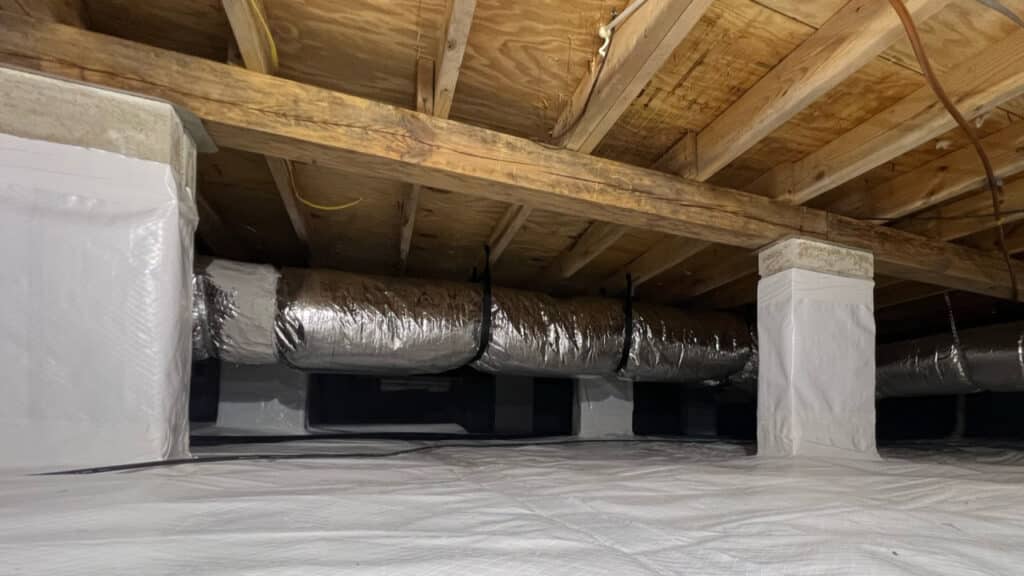
Not all “pest control insulation” is created equal. At Universal Insulation Doctor, our exclusive Pest Guard Insulation goes beyond the basics. While most cellulose products include a borate blend for fire resistance, we take it further by treating our insulation with an enhanced borate solution for superior pest control.
Protect your attic from disease-carrying roaches, ants, and silverfish, and enjoy peace of mind knowing your kitchen and home are safer. Call us today to learn more about pest control and schedule your consultation!
Frequently Asked Questions
How can I tell if my home needs pest guard insulation?
Signs of pest intrusion in your home's insulation include visible damage to insulation materials, droppings or nests in attics or crawl spaces, unusual odors, and increased energy bills. If you notice any of these indicators, it's advisable to have a professional inspection to determine if pest guard insulation is necessary.
What are the signs of a pest infestation in my house?
Common signs of a pest infestation include droppings, gnaw marks, unusual odors, nesting materials, and visible insects or rodents. You may also notice damaged food packaging, unexplained noises, or small entry holes around your home's exterior. If you observe these signs, it's advisable to contact a pest control professional for inspection and treatment.
Can pests cause damage to my home's structure?
Yes, pests can cause significant damage to your home's structure. Termites, carpenter ants, and wood-boring beetles can weaken wooden supports, while rodents may chew through wiring and insulation. Regular pest inspections and proper insulation can help protect your home from these threats.
Why are my energy bills increasing unexpectedly?
Unexpected increases in energy bills often result from poor home insulation. Inadequate attic, wall, or floor insulation allows heat to escape in winter and enter in summer, causing your HVAC system to work harder and consume more energy. Upgrading your home's insulation can significantly reduce energy costs. For more details on upgrading, you might want to check out signs that your home needs insulation upgrades.
How does moisture relate to pest problems in insulation?
Moisture in insulation can attract pests like termites and rodents, creating an ideal environment for them to thrive. Damp insulation also loses its effectiveness, reducing energy efficiency. Proper moisture control and regular inspections are essential to prevent pest infestations and maintain insulation performance.
